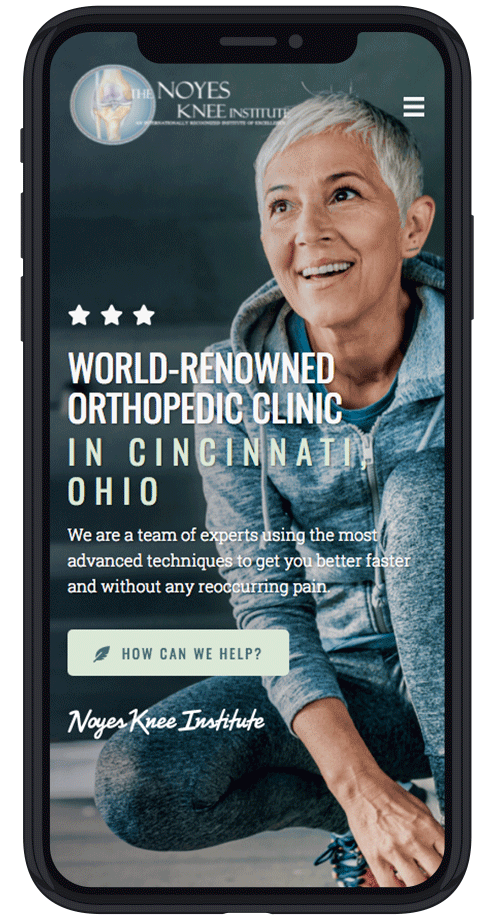Published On
Category
Injuries associated with the knee are usually pretty easy to detect because the knee is one of the most used joints in the entire musculoskeletal system. There are some knee injuries, however, that are either hard to initially detect or that get mistaken as other problems altogether. Unfortunately, this delayed attention to knee injuries could lead to exacerbated problems.
The knee is one of the more complex joint systems in the entire body, and even small injuries can have major repercussions if they are not treated right away or are not treated in the proper way. Therefore, recognizing a problem with the knee early on is super important. Here is a look at some of the commonly missed or disregarded knee injuries.
Segond Fractures
A segond fracture is a type of fracture to the anterolateral capsule of the knee. This fracture results in tiny bits of bone being ripped away from soft tissue structures. Therefore, the initial fracture may not show the same trademark symptoms as other types of knee fractures. In general, someone with a segond fracture may notice:
- Pain or tenderness in the knee
- Slight swelling or inflammation of the knee
- Changes in the smooth motion of the knee
Segond fracture is not typically caused by a sudden injury either, which makes it even harder to notice. Both segond and reverse segond fractures are often a result of structural problems in the shape of the knee and tibia. For example, someone with bowed legs or knees that bend inward may eventually develop a segond fracture because of the repeated stress to the area.
Acute Patellar Injury
The patella is the kneecap, which is a freestanding bone that sits at the apex of the knee. Patellar injuries are common because the patella takes the brunt of the force when a person falls or lands on the ground. Acute patellar injuries are a tricky to diagnose because they don’t always show up on radiology scans. Some common symptoms include:
- Pain during knee movement
- Pain with applied pressure to the kneecap
- Swelling of the front of the knee
- Inability to fully flex the knee
Unlike patellar fractures, pain and swelling with an acute patellar injury may actually get better after a period of rest. However, the injury can be so severe that symptoms return immediately after getting back up from resting the injured joint.
Extensor Mechanism Injuries
The extensor mechanism of the knee consists of multiple parts, such as the quadriceps muscles and tendons, and these parts are responsible for allowing the flexion function of the joint. Extensor mechanism injuries are often missed because they are blamed on other issues like a strained tendon or muscle. There are several telltale symptoms of extensor mechanism injuries, including:
- Severe pain during movement of the knee, even without weight applied by standing
- Swelling and inflammation around the front or back of the knee
- Difficult with walking or bending at the knee
There are multiple ways the extensor mechanism can be injured, but repeated stress is one of the more common culprits, so runners and athletes are most prone to extensor mechanism injuries. The injuries are sometimes hard to diagnose because the patient can have a difficult time pointing out exactly where the pain is radiating from in their knee.
Taking good care of your knees means taking good care of your ability to stay mobile as you grow older. Therefore, it is important to get treatment right away if your knee has been injured. If you believe you have sustained a knee injury, reach out to us at Noyes Knee Institute for professional advice.

